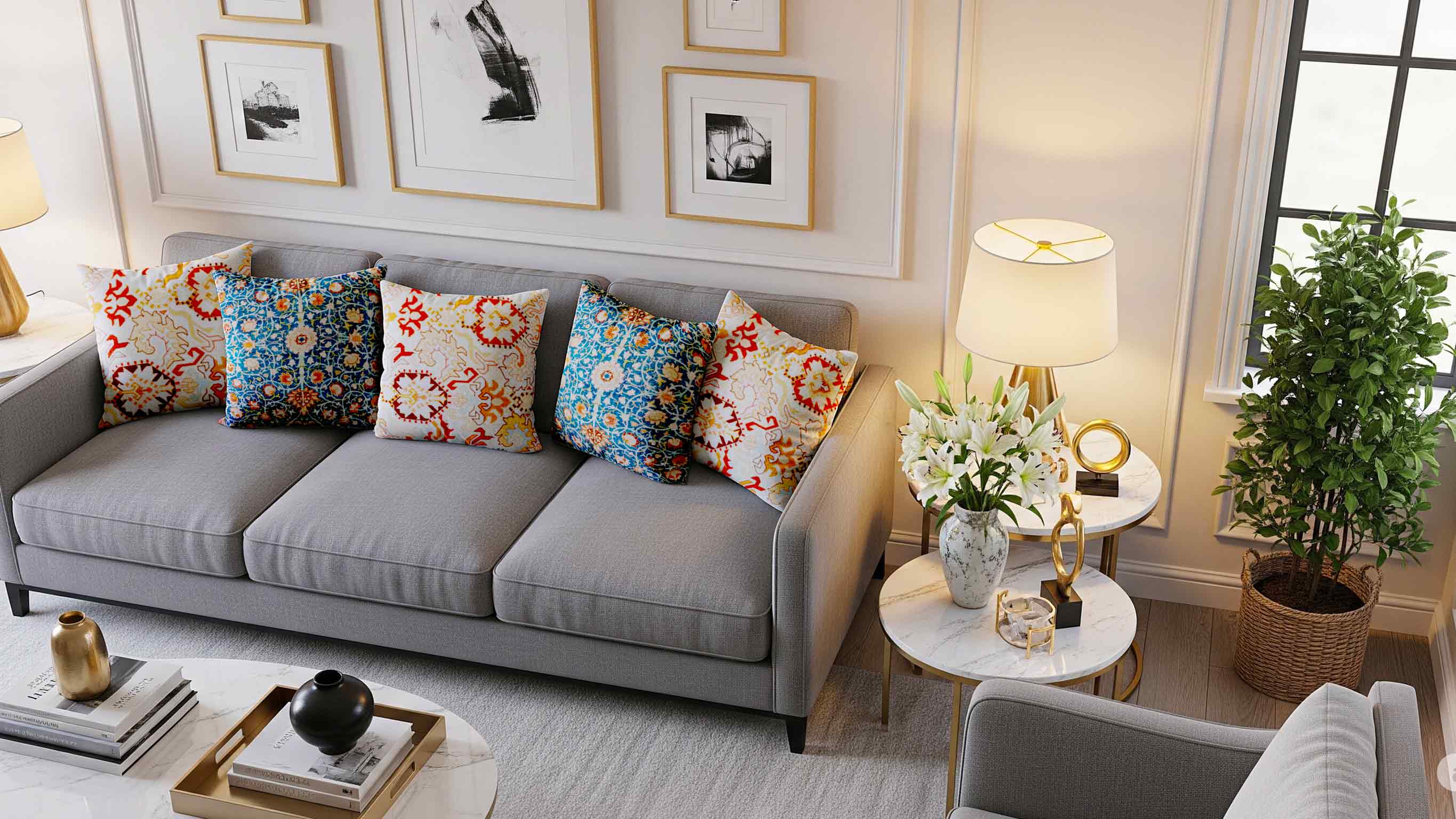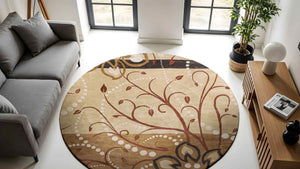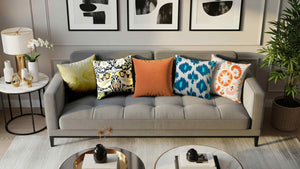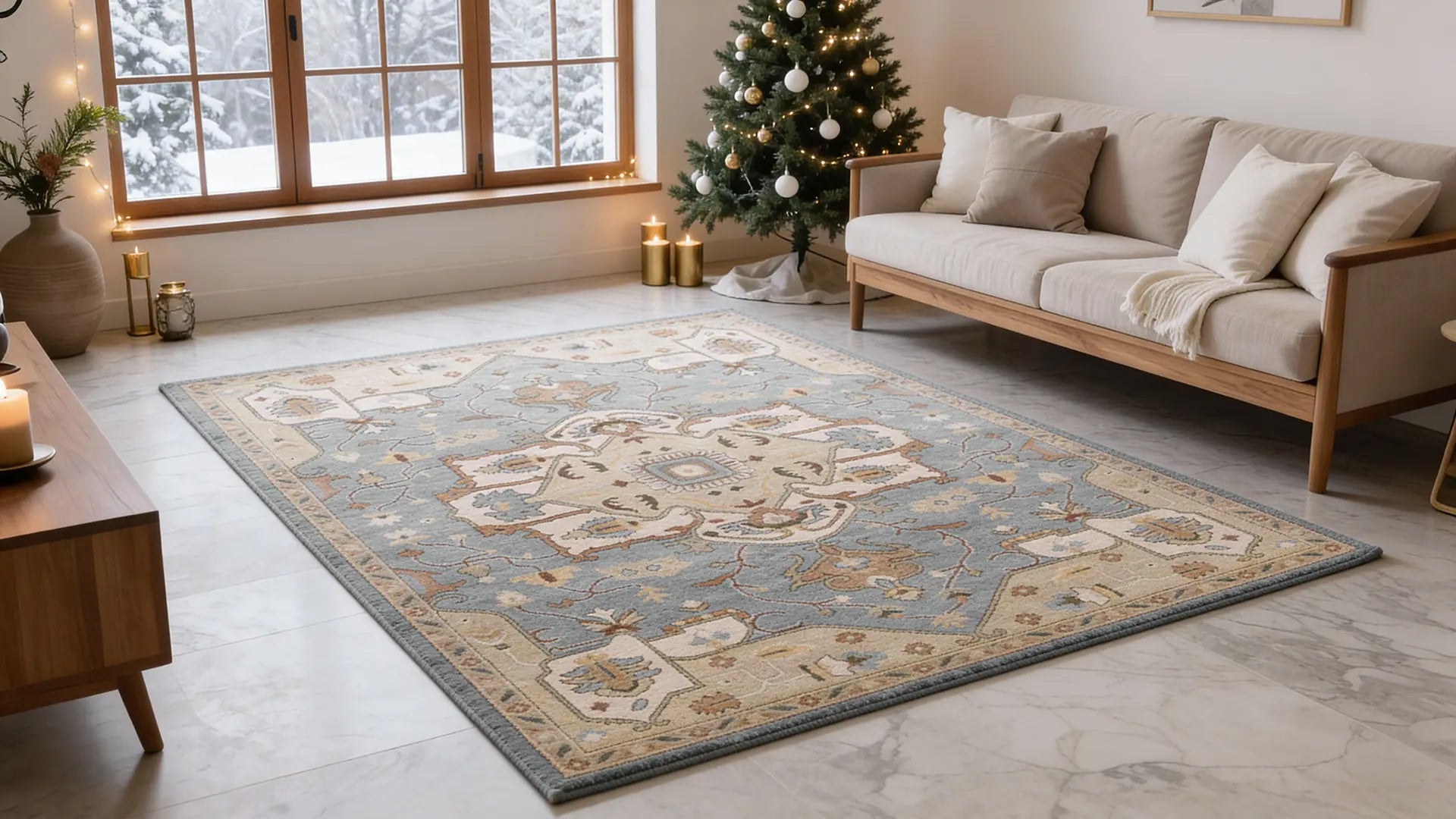Why Cushion Arrangement Matters
Cushions can change the mood of a room in seconds. They add comfort, color, and structure to plain furniture.
But tossing them randomly reduces their visual effect. Proper arrangement brings balance, polish, and personality.
It helps guide the eye and makes furniture feel complete. Well-placed cushions show intention and design awareness.
Arrangement affects not just how the space looks but also how it feels. Too few and it seems empty; too many and it feels cluttered.
Learning how to arrange them properly allows for quick room refreshes. It also makes seasonal updates easier—just switch covers and rearrange.
The goal is visual harmony and function. Aesthetics should work with comfort, not against it.
Whether you're decorating a new home or updating an old one, cushion placement is a simple way to make a big impact.
Basic Rules of Cushion Placement
Odd Numbers Work Best
Odd numbers feel more natural to the eye. They create a relaxed, balanced look that doesn’t feel too staged.
Use three, five, or seven cushions depending on furniture size.For small chairs or loveseats, three is ideal.Larger sofas can carry five or seven.
Start with larger pillows at the back. Layer smaller ones in front to add depth.
Odd numbers also allow better symmetry within asymmetry. They give more flexibility with placement.
This technique works for all furniture—sofas, beds, and benches.
Start from the Outside In
Place larger cushions at the outer corners. Then move inward with medium and small ones.
This draws the eye inward and frames the furniture.
On a three-seater, use 22-inch cushions at the ends,18-inch or lumbar in the center.
This rule maintains structure and prevents a cluttered middle. It’s also practical—central cushions are often used for support.
Always step back and check the balance from a distance. Adjust placement to avoid visual heaviness on one side.
Choosing the Right Cushion Sizes and Shapes
Square, Lumbar, and Round Combinations
Mixing cushion shapes adds interest and dimension. Don’t rely only on standard square ones.
Square Cushions (18–24 inch):Great for base layering. Use at corners or back rows.
Lumbar Cushions: Ideal for the center of chairs. They add structure and support.
Round Cushions: Use sparingly for softness and to break angular lines.
A mix of one or two shapes creates a thoughtful design. Too many shapes can feel chaotic, so limit combinations to two or three types max.
Shape variety also makes a setup more functional—some for style, some for comfort.
Mixing Colors, Patterns, and Textures
Don’t match everything. Contrast and layering bring depth.
Choose a color palette—2 to 3 tones work best.Pick one dominant color, one neutral, and one accent.
Balance bold patterns with solids. If one pillow is busy, the others should be calm.
Use textures to add a tactile element. Velvet, linen, cotton, and knits each bring a different feel.
Try this formula:
-
1 solid color
-
1 subtle pattern (like stripes)
-
1 bold or graphic print
Stick to a consistent theme—modern, rustic, boho—so everything feels connected.
And rotate covers with the seasons. Light fabrics for summer, heavier ones in winter.
Room-Specific Cushion Arrangement Tips
Sofa Styling
Use 3–5 cushions. Start with two large ones at the ends.
Add two medium-sized ones in the middle. Top it off with a small lumbar or round cushion at the center.
Use symmetrical layouts for formal spaces. Go asymmetrical for a relaxed, casual feel.
Choose fabrics based on use—easy-clean cotton or blends for family rooms, luxe textures for formal lounges.
Don’t block seating with too many pillows. Keep comfort a priority.
Bed Styling
Layer cushions for a full look.
Start with 2–3 euro pillows at the back. Add 2 standard square cushions, then finish with a lumbar.
Stick to a calming palette—neutrals, soft blues, greens, or pastels.
Place cushions neatly or casually stacked, depending on style.
Avoid overloading—5–6 total pillows are enough for most beds.
Keep the arrangement practical—you’ll need to remove it every night.
Chairs and Benches
One cushion is often enough. Choose a statement piece—bold color, interesting texture, or unique shape.
Use a lumbar support on reading chairs for back support. Opt for round pillows on benches to soften hard edges.
Match the cushion style with the function of the seat. A formal chair needs sleek covers; casual corners can be playful.
Final Adjustments for a Polished Look
After placing your cushions, fluff them. A quick karate chop in the center gives structure.
Ensure symmetry or balanced asymmetry. Keep colors spread evenly—don’t bunch all prints on one side.
Step back and assess the overall feel. Adjust placements slightly for flow and balance.
Don’t overcrowd. Cushions should enhance the space, not dominate it.
Swap one or two for different shapes or colors if something feels off. It’s the small tweaks that make the biggest difference.












